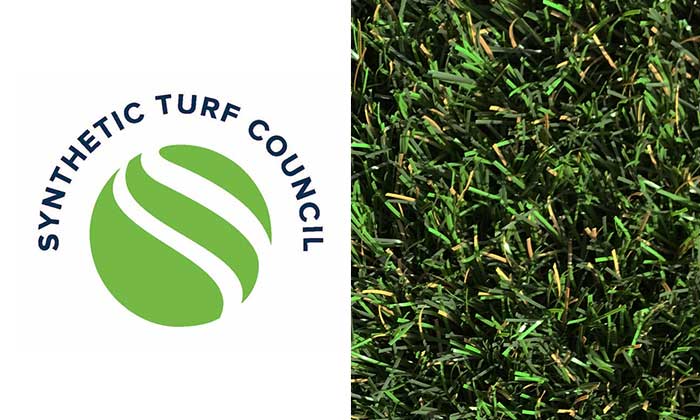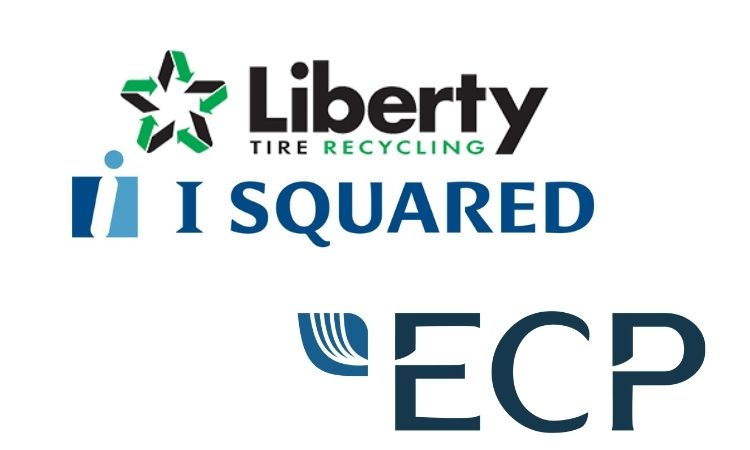Weibold Academy: Taxonomy: Why to invest in ELT-Pyrolysis Projects
Weibold Academy article series discusses periodically the practical developments and scientific research findings in the end-of-life tire (ELT) recycling and pyrolysis industry.
This article is a review by Claus Lamer – the senior pyrolysis consultant at Weibold. One of the goals of the review is to give entrepreneurs in this industry, project initiators, investors and the public, a better insight into a rapidly growing circular economy. At the same time, this article series should also be a stimulus for discussion.
For the sake of completeness, we would like to emphasize that these articles are no legal advice from Weibold or the author. For legally binding statements, please refer to the responsible authorities and / or specialist lawyers.
Introduction
By passing the Green Deal in 2019, the European Union (EU) set the course for more sustainable investments, for example in areas like renewable energy, biodiversity, or circular economy. The goal is to reach a climate-neutral economy in the EU by 2050, with a reduction goal of 55% by in 2030. To achieve these climate goals, the Green Deal includes an investment plan of 1 trillion euros over the next 10 years. Despite this huge investment, the EU depends also on the support of the private sector to achieve the Paris climate agreement.
The EU Taxonomy regulation and the Sustainable Finance Disclosure Regulation (SFDR) are implemented to ensure equal competition and legal certainty for all companies operating within the EU. Both regulations follow the objective of the Green Deal and have the following key goals:
- Reorientation of capital flows with a focus on sustainable investments
- Establishing sustainability as a component of risk management
- Promoting/encouraging long-term investment and economic activity
Taxonomy Regulation: A clear framework for the concept of sustainability
The Taxonomy Regulation (2020/852/EU) contains the criteria for determining whether an economic activity is to be classified as ecologically sustainable (Taxonomy) and to be able to determine the degree of ecological sustainability of an investment. It is a key piece of legislation that aims to contribute to the European Green Deal by promoting private investments in green and sustainable projects.
The EU taxonomy regulation creates a clear framework for the concept of sustainability, exactly defining when a company or enterprise is operating sustainably or environmentally friendly. Compared to their competitors, these companies stand out positively and thus should benefit from higher investments. Thereby, the legislation aims to reward and promote environmentally friendly business practices and technologies.
The focus lies on the following six environmental objectives:
- Climate change mitigation
- Climate change adaptation
- Sustainable use and protection of water and marine resources
- Transition to a circular economy
- Pollution prevention and control
- Protection and restoration of biodiversity and ecosystems
Under the Taxonomy Regulation, financial market participants, e.g., investment funds who want to market a financial product as ecological, are obliged to report on the proportion of ecologically sustainable investments in their portfolio within the meaning of the regulation.
Companies that are obliged to submit non-financial reporting under EU Directive 2014/95/EU (so-called CSR Directive) must in the future include information in their non-financial statements about how and to what extent the company's activities involve ecologically sustainable economic activities.
The overarching goals of the Taxonomy Regulation, which is binding in its entirety and directly applicable in all Member States since July 2020, and delegated acts are:
- Moving to a low-carbon, more sustainable, resource-efficient, circular economy in line with the Sustainable Development Goals (SDG) is central to ensuring the long-term competitiveness of the European Union's economy.
- Establishing a uniform classification system or a uniform taxonomy within the EU that provides clarity as to which activities can be viewed as "sustainable".
- Establishing a regulation that contains the criteria for determining whether an economic activity is to be classified as ecologically sustainable.
To ensure the uniform application of certain provisions in the underlying Taxonomy Regulation a Technical Expert Group (TEG) published a final Technical Report which contains recommendations relating to the overarching design of the Taxonomy Regulation, as well as guidance on how users can develop relevant disclosures. It contains a summary of the economic activities covered by the technical screening criteria.
What affected companies must disclose
The EU Taxonomy, a mandatory disclosure for companies, initially applies to those with 500+ employees. However, with the upcoming Corporate Sustainability Reporting Directive in 2026, the scope will expand to companies that have more than 250 employees, exceed EUR 20 million net turnover, and exceed EUR 40 million balance sheet total (2 out of 3 criteria to be met).
Disclosure should be part of non-financial reporting, probably in the annual report or an explicit sustainability report, and must contain the following:
- EU taxonomy-compliant share of turnover
- Capital expenditure (CapEx) aligned with the EU taxonomy
- Operating expenses (OpEx) aligned with the EU taxonomy
A significant improvement in the ecological footprint of the Carbon Black
The Technical Report explicitly cites manufacturing of Carbon Black (which is one of the most important and irreplaceable components of a tire) as making a substantial contribution to climate change, as it accounts for approximately 3.4% of the GHG emissions from the European chemical sector.
To contribute to the climate protection goal, emissions from the production of commercial Carbon Black must therefore be reduced.
To meet the benchmark set for the period 2021-2025, the GHG emissions associated with the actual manufacturing process of commercial Carbon Black will have to be reduced by at least 1.0 t CO2e / t (minus 40%), without taking into consideration the savings requirements in the upstream emissions (i.e. emissions incurred in the production of the raw materials used in Carbon Black production).
Nowadays it is undisputed that the chemical recycling of end-of-life tires (ELT) through pyrolysis can make an important contribution to climate change mitigation as:
- industrially produced blends of commercial Carbon Black (CB) with environmentally friendly and sustainable recovered Carbon Black (rCB), have not only proven their technical and commercial maturity but also contributed to a significant improvement in the ecological footprint of the Carbon Black;
- additionally, the tire-derived pyrolysis oil (TPO) can serve as a substitute for the Carbon Black feedstock (CBFS) in the furnace process (see the EU-funded “BlackCyle” project under the coordination of the tire manufacturer Michelin and the Carbon Black producer Orion), thereby reducing the considerable emissions during the extraction and refining of crude oil. Cabot is also pursuing a similar goal with the Evolve® project.
Birla Carbon publicly confirmed in its Sustainability Report (2021) that recovered Carbon Black (rCB), obtained through chemical recycling (pyrolysis) of end-of-life tires, eliminates 3.1 tons of direct and indirect CO2 emissions for every ton of rCB produced when compared to the emissions generated during conventional manufacturing of (virgin) carbon black.
Therefore, these facts justify investments in this emerging chemical recycling industry also in terms of the Taxonomy Regulation
How to be classified as sustainable
To be classified as a sustainable economic activity according to the EU taxonomy regulation, a company must not only contribute to at least one environmental objective but also must not violate the remaining ones. An activity aiming to mitigate the climate but at the same time also negatively affecting biodiversity cannot be classified as sustainable. The classification of an economic activity in terms of sustainability is based on the following four criteria, which are based on the previously mentioned environmental objectives:
- The economic activity contributes to one of the six environmental objectives
- The economic activity ‘does no significant harm’ (DNSH) to any of the six environmental objectives
- The economic activity meets ‘minimum safeguards’ against negative social impact such as the UN Guiding Principles on Business and Human Rights
- The economic activity complies with the technical screening criteria developed by the EU Technical Expert Group
Alignment of ELT pyrolysis operations with EU Taxonomy
While ELT pyrolysis operations strongly contribute to the EU Taxonomy objectives by recovering materials from non-hazardous waste and producing carbon black (rCB) and organic chemicals (biogenic fraction of TPO), they do not harm (DNSH) any of the six environmental objectives.
Furthermore, the Turnover KPI of an ELT pyrolysis operation aligns up to 100%, while the CapEx and OpEx align at 75% to 85% (depending on the project).
Example: A company seeking to raise funds (in order to invest in an ELT pyrolysis operation) in the capital market and issues a green bond based on the EU green bond standard, which includes compliance with DNSH criteria for both mitigation and adaptation. The bond will therefore be taxonomy-aligned, and the company could claim a corresponding share of the turnover generated from this facility as well as its capital expenditures are taxonomy-aligned.
Conclusion
The EU Taxonomy, a system classifying environmentally sustainable economic activities, offers companies significant advantages when key performance indicators (Turnover, CAPEX, OPEX) align with its guidelines. Benefits include increased investor appeal, transparency in portfolio greenness, access to green financing, enhanced risk management, and compliance with regulations. Moreover, aligning with the Taxonomy future-proofs businesses, positioning them ahead of regulatory changes and market trends in the transition to a low-carbon economy.
The ELT pyrolysis industry can prove that it is fully aligned with the EU Taxonomy and therefore, in addition to the fact that it is a valuable supplier of sustainable and economically profitable secondary raw materials, companies and financial institutions affected by the Taxonomy regulation should look creatively at investing in this emerging industry.
Source: Application of the EU Taxonomy for Companies (eu-taxonomy.info)
Weibold is an international consulting company specializing exclusively in end-of-life tire recycling and pyrolysis. Since 1999, we have helped companies grow and build profitable businesses.









